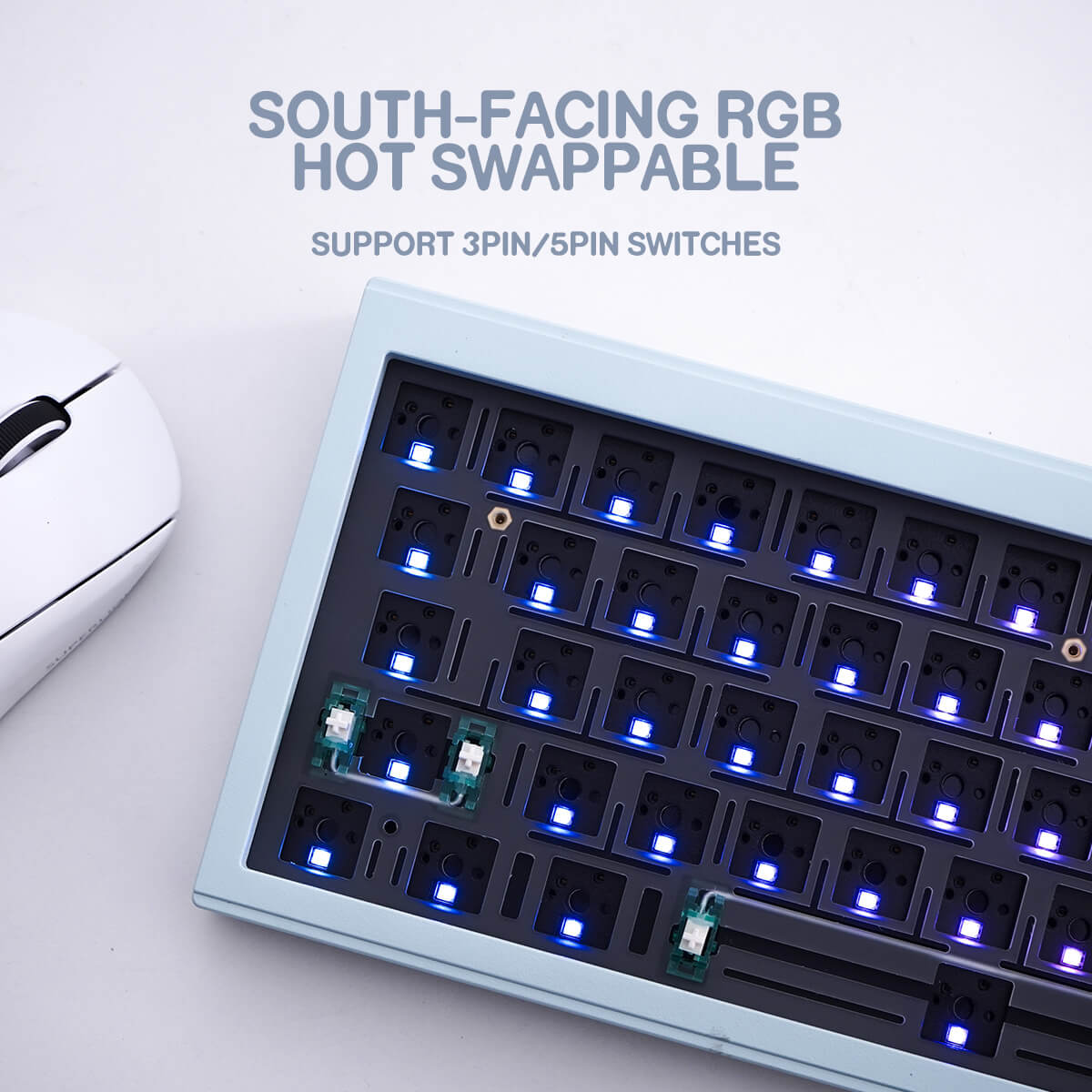Hey keyboard warriors! Tired of typing like a cramped robot after hours of work? If your wrists are screaming for mercy, it's time to meet the superhero of keyboards—the ergonomic custom keyboard. Forget those boring, straight-as-a-ruler boards. Imagine a keyboard that hugs your hands like a comfy pillow. Sounds too good to be true? Stick around, and I'll spill the beans on everything from its quirky origins to why you might end up loving it (after a few facepalm moments). Let's dive in—no PhD in tech required!
So what exactly makes a keyboard "ergonomic"? Think of it as your keyboard's ultimate glow-up. Instead of forcing your hands into a stiff, straight-jacket position, ergonomic designs split into two winged sections with a gentle V-shape or curve—like a fancy butterfly mid-flight. This lets your arms relax naturally rather than cramping into that awkward 90-degree angle your old keyboard demanded. The magic here is simple: less "ouch" and more "ahhh." And let's be honest, traditional keyboards were designed for typewriters in the 1800s. Our bodies haven't changed, but tech finally caught up.

Now, where did these wrist-saving wonders come from? Picture this: frustrated programmers and gamers in the early 2000s, rubbing sore wrists and thinking, "There's gotta be a better way!" Enter the DIY keyboard rebels. They started hacking apart keyboards in garages, taping pieces at radical angles, and voilà—the first ergonomic prototypes were born. The real breakthrough came with open-source designs like the Alice layout (named after a fairy-tale character, no less). These grassroots creations exploded around 2020, proving comfort could be cool. Today, brands like Keychron and X-Bows turn these garage-born concepts into sleek, customizable masterpieces.
You'll notice ergonomic keyboards love bending the rules—literally. They curve, split, and twist in two main styles. Some mimic a 120-degree V-angle—like your arms giving the keyboard a gentle hug—while others arch upward like mini rollercoasters, guiding your fingers to natural landing spots. Why the acrobatics? Science confirms straight keyboards strain wrists and shoulders over time. These contoured designs simply mimic how your hands actually want to move. Just don't expect instant mastery; typing on one feels like learning to salsa dance. Awkward at first? Absolutely. But once muscle memory kicks in, it's pure flow.
(TO BE CONTINUED)




